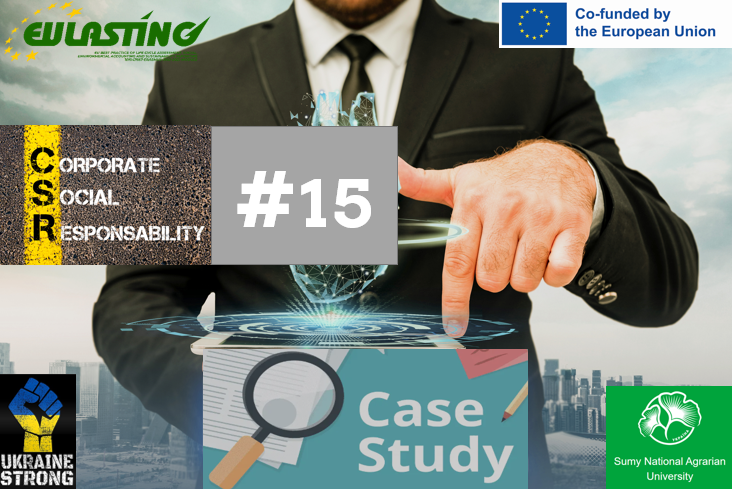L’Oréal, the world’s largest cosmetics company, exemplifies industry-leading sustainability reporting through rigor, transparency, and impact. In its 2024 Universal Registration Document and “L’Oréal for the Future” program, L’Oréal details quantifiable advances in climate action, water stewardship, circularity, and social empowerment.
Robust Governance and Clear Targets
Sustainability at L’Oréal is overseen by a dedicated ESG board committee, integrating strategy with executive incentives and annual performance reviews. The “L’Oréal for the Future” program was launched in 2020 with measurable goals for 2030 and intermediate milestones for 2025. By the close of 2024, 98% of L’Oréal’s European energy was sourced from renewables, compared to 83% of all sites globally—a meteoric rise from just 34% in 2019. The company is on track to achieve 100% renewable across worldwide operations by 2025.
Carbon neutrality is progressing rapidly. By end-2022, L’Oréal had reduced Scope 1 and Scope 2 CO₂ emissions by 91% (absolute terms) from a 2005 baseline, outpacing most of its sector peers—LVMH, for instance, achieved a 55% reduction in the same time frame. L’Oréal’s emission intensity per € million sales decreased to 11 tonnes in 2024, well below the cosmetics industry average of 13.8 tonnes.
Water Management and Biodiversity
Water stewardship features a robust risk mapping for all operated sites, especially in areas flagged as “water stressed” by WRI Aqueduct. L’Oréal achieved a 17% year-on-year reduction in freshwater use in 2024, with recycling/wastewater treatment systems returning effluent to the environment at quality levels beyond regulatory requirements. Material consumption per finished product dropped 26% against the 2020 baseline, reflecting progress in water and resource management.
Biodiversity is safeguarded through partnerships with NGOs for sustainable palm oil and wood pulp sourcing, with 99% of these key ingredients certified sustainable in 2024. L’Oréal’s Nature Regeneration program restored 8,000 hectares of endangered habitats between 2020 and 2024.
Circular Economy and Sustainable Packaging
L’Oréal’s commitment to circularity is documented in precise metrics. In 2024, 36% of packaging was made from recycled or bio-based materials (vs. 27% in 2022), with a target of 100% by 2030. Waste generation per million units produced fell to 1.8 tonnes, a 32% improvement from 2020. European plants piloted circular fiberglass recycling in wind farm repowering, raising global recyclability to 85%; projections estimate 92% by 2030. Supplier and partner engagement extends these circular models company-wide, including return and reprocessing infrastructure.
Social Impact, Community Empowerment, and Diversity
In 2024, 4.5 million people benefited directly from L’Oréal brands’ social engagement programs, including health, financial inclusion, women’s empowerment, and STEM education initiatives. Workforce gender balance reached 54% women in management, leading the global sector, and pay equity audits now cover all sites, with a 1.6% adjusted wage gap—lower than the European average.
L’Oréal’s Supplier Social Responsibility Index rates 100% of direct suppliers annually. The company’s Solidarity Sourcing program has redirected €880 million to support vulnerable groups since 2016, lifting thousands out of poverty.
Community programs are externally verified, with impact data made public in annual reports and interactive dashboards.
Assurance, Methodology, and Stakeholder Engagement
L’Oréal’s reports are externally assured under ISAE 3000 standards, aligned with GRI, TCFD, SASB, and ISSB frameworks. Stakeholder engagement includes annual “ESG Days,” public forums, digital Q&A sessions, and open-source materiality assessment results.
Comparative reporting highlights:
-
Renewable energy share in operations: L’Oréal 98% (Europe), 83% (global); Unilever 75%; P&G 68%.
-
CO₂ emission intensity: L’Oréal 11 t/€M; Unilever 14 t/£M; Estée Lauder 16 t/$M.
-
Social program direct beneficiaries: L’Oréal 4.5M; Unilever 1.9M; Shiseido 1.2M.
Awards and External Ratings
L’Oréal ranks in the top 1% of EcoVadis global ESG ratings and maintains CDP “A List” year after year. Recognition includes the UN Global Compact LEAD status and inclusion in the Bloomberg Gender-Equality Index.



